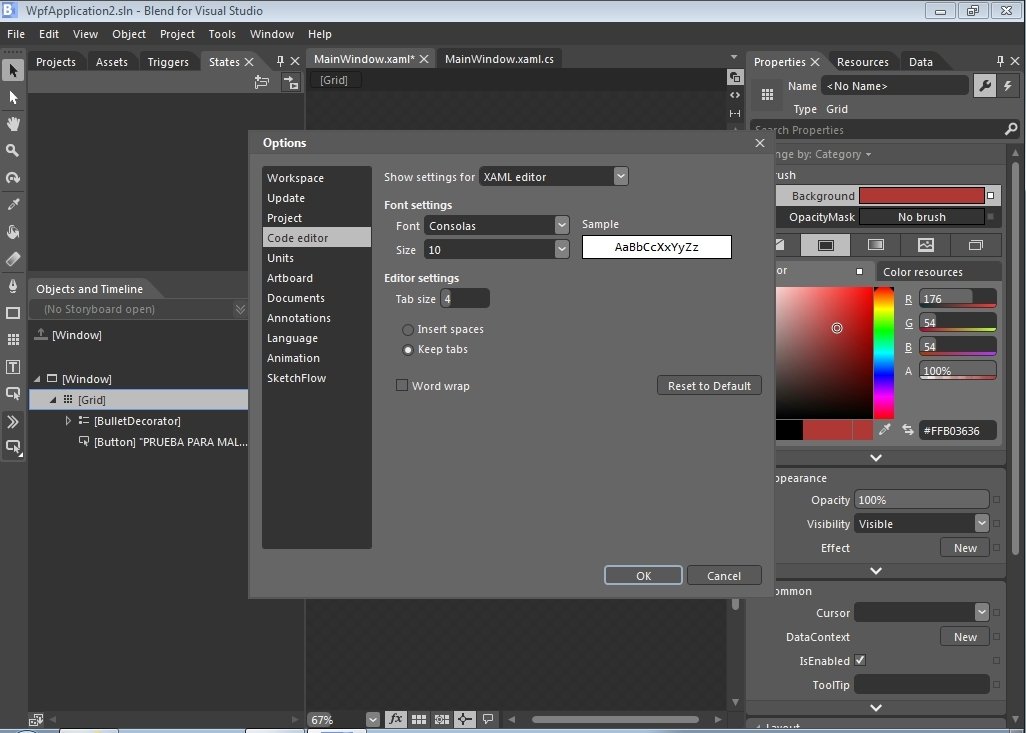

Step 6: Repeat Step 5 for each image you wish to preload. After selecting the image source file, click the Add button to move the file to the collection of Preload Images. Step 5: With the Preload Images dialog box now on your screen, click the Browse button and locate each image you wish to preload. Step 4: Click the Insert button in the Behaviors task pane and then select Preload Images.

If it’s not, you can toggle it on by opening the Task Panes menu on Expression Web’s main tool bar and selecting Behaviors. Step 3: Make sure the Behaviors task pane is visible.
FREE ONLINE COURSE MICROSOFT EXPRESSION WEB 4 HOW TO
For more details on how to do this, see the guide Microsoft Expression Web: Create Custom Buttons for Hyperlinks. Step 2: Insert the initial image into the web page. Step 1: Open the web page in Expression Web to which you want to add the images and the rollover effect. If we don’t do this, the effect could look choppy and amateurish as viewers would have to wait for the second image to load before the effect will be seen. Since we will want the image transformation triggered by the rollover effect to be immediate, we’ll first want to create a behavior in Expression Web to preload both images on the web page when it is first opened. We’ll go through all the steps needed to create an effect where rolling the mouse over the first button transforms the image into the second button. For our example, we’ll use the two web buttons depicted below where the only difference between the two objects is the color of the text. Even though the graphics we’ll be working with are pretty standard, the same technique can be used for any two images whether they are clip-art, buttons, illustrations, or photos. In this tutorial, we’ll take a look at a simple, but common example. The technique can also be applied so that any image on the web page seems to transform into another. This swapping effect can be used for a variety of purposes including changing the color of a button or banner when the mouse pointer is rolled over the original object. One common effect seen in web pages today is an image transformation that is triggered by hovering the mouse pointer over a particular graphic on the page.


 0 kommentar(er)
0 kommentar(er)
